The tale supposedly took place long ago before even the Gaels arrived in Ireland, which predates the Norman invasion by over a thousand years and more.
The Da Dannan were considered to be early supernatural beings in Ancient Ireland and when Bodh Derg was elected as the high king, King Lir was very angry. Bodb married off one of his daughters, Aoibh, to Lir and they were very happy together .having four beautiful, soft skinned children called Fionnuala, Aodh and Fiachra and Conn, who were twins.
The family were heart broken when Aoibh died and so Bodb sent another daughter, Aoife, to marry Lir. Aoife cared for the four beautiful at first but soon became jealous of the love their father had for them especially as she had no children with Lir of her own.
One day, Aoife took the children out in her chariot with some servants and after a short distance, she ordered the servants to kill the children but the servants could not bring themselves to do that.
Aoife ordered the children to go down to the lough where she lifted her wand and turned them into beautiful snow-white swans. The curse was that they spend 300 years swimming on Lough Dervarragh, 300 years swimming on the Sea of Moyle (in the north of Ireland) and 300 years swimming in the Great Western Sea (Atlantic). The curse would only be broken and the children would only be free when a bell sounded.
When Lir discovered what had happened to his beloved children, he took Aoife to Bodh the High King who in his fury turned Aoife into a demon of the air.
900 years passed and the swans were swimming in the water when they heard the Christian bell brought by Patrick. Patrick wanted to bless them but the children knew that they would be 900 years old when the curse was lifted. They asked Patrick to baptise them first and so Patrick baptised the swans. The spell was lifted and the children regained human form but died immediately of old age.


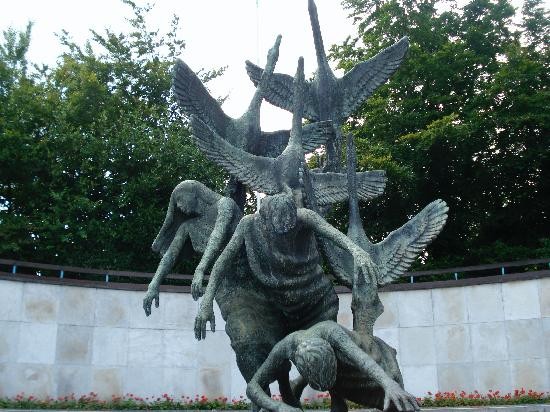
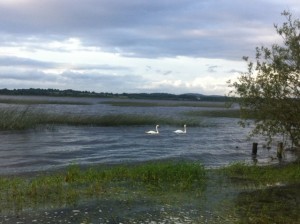
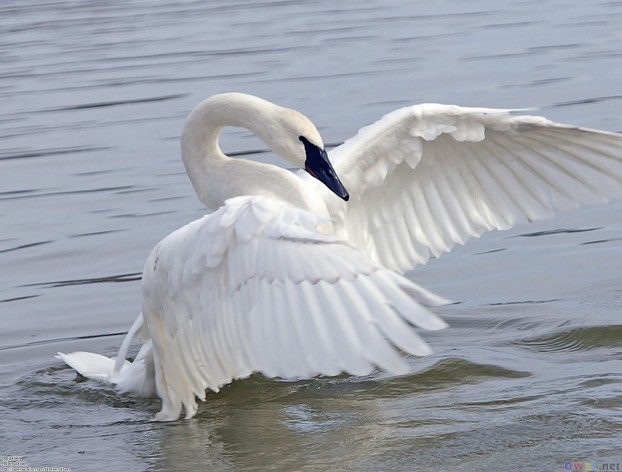
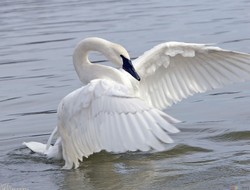

 Blarney Castle and Gardens, County Corkon 06/01/2023
Blarney Castle and Gardens, County Corkon 06/01/2023
 An Cóbh, Corcaigh, Eireon 05/29/2023
An Cóbh, Corcaigh, Eireon 05/29/2023
 Dublin ; The Book of Kellson 04/04/2023
Dublin ; The Book of Kellson 04/04/2023
 The Bee Tree Community CIC;- an online support communityon 08/24/2022
The Bee Tree Community CIC;- an online support communityon 08/24/2022
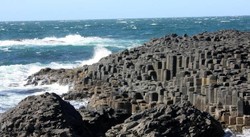
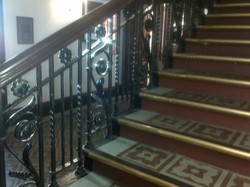
Comments
Swans are all officially the property of the reigning monarch. Ling Charles 111 now.
Reading your wizzley again caused me to consider that Ireland configures as Northern and as Republic.
Did swans lose royal-property protection with Irish independence outside Northern Ireland or did that protection transfer to someone or something else or does the Republic not domicile swans?
The second sentence to the last subheading, Conclusion, alerts us that "Swans are fiercely protected in Ireland and Britain where they are considered to be the property of The Queen."
Are the swans royal property of the monarchy in general or of Queen Elizabeth II in particular?
In the latter case, to whom do they belong with the latter's death?
Yes, as with all mythology there is probably an element of truth there, ...the Christian bell sounding and bringing change, the cruel step mother …..
What a sad story! Thank you for the article.
Yes . I smile to myself when people say that they are " Celts " . The Gaels and the Britons adopted incoming Celtic culture as opposed to being Celts themselves. The word comes from Keltoi which means barbarian.
Veronica is quite right on the origin of the British Celts. The Britons told Julius Caesar that the tribes of the coast had come in as incomers, but those of the interior had been in Britain since the beginning, and they believed that the original Britons were the Picts, who had retained the older pre-Celtic culture of Britain. This is consistent with what Veronica was saying about the Britons adopting Celtic culture.
Good point Derdriu
Indeed, the Ancient Britons are believed to have adopted the "Celtic culture" as opposed to being originally Celtic themselves.
The actual term Celtic only became used in approx. the 18th C .
Veronica, Isn't it interesting that Aoife became a demon of the air and that the children were restricted to swimming, not flying, as swans? It always looks to me like there's truth behind Celtic tales. Perhaps this story offers something on the original homeland of the Celts since swans are revered in Indian and Iranian culture and the light-eyed, light-haired, light-skinned Tarim Basin mummies in what is not westernmost China spoke Tokharian, related only to Celtic.
Yes this is how myths and legends change and adapt over time.